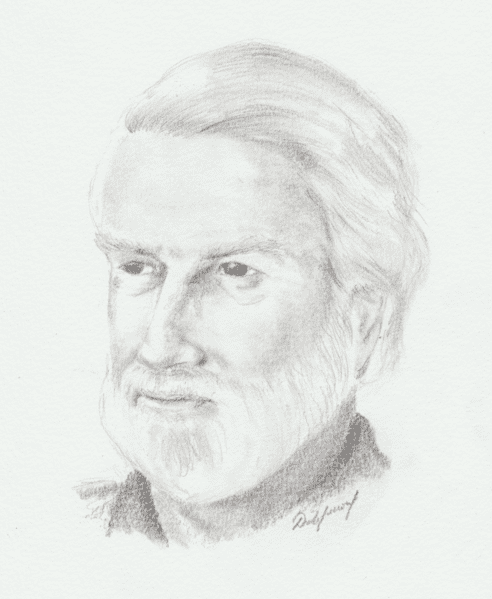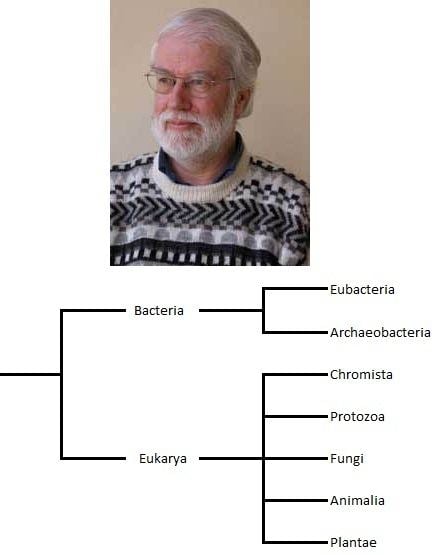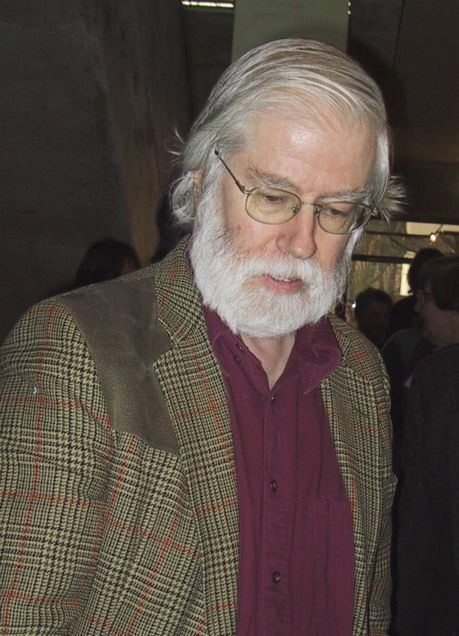Nationality British Name Thomas Cavalier-Smith | Thesis 1967 | |
 | ||
Born 21 October 1942 (age 82) ( 1942-10-21 ) Alma mater Gonville and Caius College, CambridgeKing's College London Notable awards Fellow of the Royal Society (1998)International Prize for Biology (2004)The Linnean Medal (2007)Frink Medal (2007) | ||
Thomas (Tom) Cavalier-Smith, FRS, FRSC, NERC Professorial Fellow (born 21 October 1942), is a Professor of Evolutionary Biology in the Department of Zoology, at the University of Oxford. His research has led to discovery of a number of unicellular organisms (protists) and definition of taxonomic positions, such as introduction of the kingdom Chromista, and other groups including chromalveolata, Opisthokonta, Rhizaria, and Excavata. He is well known for his system of classification of all organisms.
Contents
- Life and career
- Awards and honours
- Contributions
- Eight kingdoms model
- Six kingdoms models
- Seven kingdoms model
- Rooting the tree of life
- References

Life and career

Cavalier-Smith was born on 21 October 1942 in London. His parents were Alan Hailes Spencer and Mary Maude Cavalier-Smith. He was educated at Norwich School, Gonville and Caius College, Cambridge (MA) and King's College London (PhD). He was under the supervision of Sir John Randall for his PhD Thesis between 1964 and 1967; his thesis was entitled "Organelle Development in Chlamydomonas reinhardii".

From 1967 to 1969, he was a guest investigator at Rockefeller University. He became Lecturer of biophysics at King's College London in 1969. He was promoted to Reader in 1982. In 1989 he was appointed Professor of botany at the University of British Columbia. In 1999, he joined the University of Oxford, becoming Professor of evolutionary biology in 2000.
Awards and honours

Cavalier-Smith was elected Fellow of the Linnean Society of London (FLS) in 1980, the Institute of Biology (FIBiol) in 1983, the Royal Society of Arts (FRSA) in 1987, the Canadian Institute for Advanced Research (FCIAR) in 1988, the Royal Society of Canada (FRSC) in 1997, and the Royal Society of London in 1998. He received the International Prize for Biology from the Emperor of Japan in 2004, and the Linnean Medal for Zoology in 2007. He was appointed Fellow of the Canadian Institute for Advanced Research (CIFAR) between 1998 and 2007, and Advisor of the Integrated Microbial Biodiversity of CIFAR. He won the 2007 Frink Medal of the Zoological Society of London.
Contributions
Cavalier-Smith has written extensively on the taxonomy and classification of protists. One of his major contributions to biology was his proposal of a new kingdom of life: the Chromista. He also introduced a new group for primitive eukarytes called the Chromalveolata (1981), as well as Opisthokonta (1987), Rhizaria (2002), and Excavata (2002). Though fairly well known, many of his claims have been controversial and have not gained widespread acceptance in the scientific community to date. His taxonomic revisions often lead to changes in the overall classification of all life forms.
Eight kingdoms model
Cavalier-Smith's first major classification system was the division of all organisms into eight kingdoms. In 1981, he proposed that by completely revising Robert Whittaker's Five Kingdom system, there could be eight kingdoms: Bacteria, Eufungi, Ciliofungi, Animalia, Biliphyta, Viridiplantae, Cryptophyta, and Euglenozoa.
In 1993, he revised his system particularly in the light of the general acceptance of Archaebacteria as separate group from Bacteria. In addition, some protists lacking mitochondria were discovered. As mitochondria were known to be the result of the endosymbiosis of a proteobacterium, it was thought that these amitochondriate eukaryotes were primitively so, marking an important step in eukaryogenesis. As a result, these amitochondriate protists were separated from the protist kingdom, giving rise to the, at the same time, superkingdom and kingdom Archezoa. This was known as the Archezoa hypothesis. The eight kingdoms became: Eubacteria, Archaebacteria, Archezoa, Protozoa, Chromista, Plantae, Fungi, and Animalia.
However, kingdom Archezoa is now defunct. He now assigns former members of the kingdom Archezoa to the phylum Amoebozoa.
Six kingdoms models
By 1998, Cavalier-Smith had reduced the total number of kingdoms from eight to six: Animalia, Protozoa, Fungi, Plantae (including red and green algae), Chromista and Bacteria.
Five of Cavalier-Smith's kingdoms are classified as eukaryotes as shown in the following scheme:
The kingdom Animalia was divided into four subkingdoms: Radiata (phyla Porifera, Cnidaria, Placozoa, and Ctenophora)Myxozoa, Mesozoa, and Bilateria (all other animal phyla).
He created three new animal phyla: Acanthognatha (rotifers, acanthocephalans, gastrotrichs, and gnathostomulids), Brachiozoa (brachiopods and phoronids), and Lobopoda (onychophorans and tardigrades) and recognised a total of 23 animal phyla.
Cavalier-Smith's 2003 classification scheme:
Seven kingdoms model
Cavalier-Smith and his collaborators revised the classification in 2015, and published it in PLOS ONE. In this scheme they reintroduced the division of prokaryotes into two kingdoms, Bacteria (=Eubacteria) and Archaea (=Archebacteria). This is based on the consensus in the Taxonomic Outline of Bacteria and Archaea (TOBA) and the Catalogue of Life.
Rooting the tree of life
In 2006, Cavalier-Smith proposed that the last universal common ancestor to all life was a non-flagellate negibacterium with two membranes.
